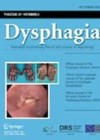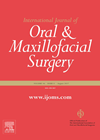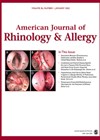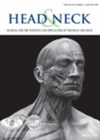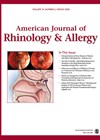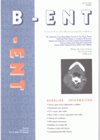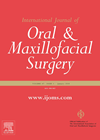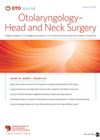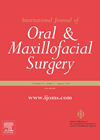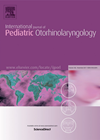
Journal Reviews
How common is dysphonia and dysphagia after cardiac surgery?
Patients undergoing cardiac surgeries, such as coronary artery bypass (CABG) and valve operations, are usually informed that there may be some risk of laryngeal complications that could result in a dysphonia or dysphagia. This may be due to factors including...
Wisdom teeth and mandibular osteotomies
This is a systemic review and meta-analysis from Italy and Brazil where they try to clarify the role of wisdom teeth and complications in a sagittal split mandibular osteotomy. Whilst, like many other papers, they outline the quality of evidence...
Age is not an issue in sinus surgery
We have an increasingly aged population, and hence older and older patients are presenting with sinonasal issues and the potential need for endoscopic sinus surgery (ESS). The authors sought to identify if older patients (age >70) have more complications post...
Reducing the risk of Frey’s syndrome after parotidectomy – which methods are best?
Gustatory sweating or Frey’s syndrome is a well-recognised complication of parotid surgery. The reported incidence is highly variable, from 4% to 96%, with around 30% of patients reporting symptoms. A number of intraoperative techniques can be used to reduce the...
A classification of a new cell - the retrosphenoid cell
This is a concise paper which describes a previously undefined type of cell within the sphenoethmoidal complex. It identifies the retrosphenoid cell, differentiated from an Onodi cell by being entirely within the posterior wall of the sphenoid sinus, lying between...
Percutaneous tracheostomy in anticoagulated patients
This Belgian study looked at the risks and complications of bedside percutaneous tracheostomy in patients who received anticoagulant therapy. The 231 tracheostomies included in the study were performed over an eight-year period by two otolaryngologists using bronchoscopic guidance. The mean...
Locked or unlocked?
This systematic review and meta-analysis from the Netherlands evaluates postoperative complications of mandibular fractures using locking and non-locking systems. It is suggested that postoperative complications of surgical treatment of mandibular fractures occur in 20-26% of patients, and it is thought...
A novel way to reduce postoperative nausea and vomiting
This is an interesting RCT which evaluates the prophylactic effect of bilateral endoscopic injection of local anaesthetic in the sphenopalatine ganglion (SPG) on postoperative nausea and vomiting (PONV). It has a robust design, and is sufficiently powered and blinded, with...
Neurological complications associated with managing degenerative cervical myelopathy
Degenerative cervical myelopathy (DCM) is a common neuropathologic status due to degenerative changes to the cervical spine. There are multiple operative techniques available, including anterior cervical discectomy and fusion, anterior cervical corpectomy, laminoplasty, laminectomy and laminectomy with fusion. C5 palsy...
Is medical therapy without surgical treatment sufficient in treating peritonsillar abscess?
Standard treatment of peritonsillar abscess (PTA) has typically involved both medical therapy and surgical drainage either in the form of needle aspiration, or incision and drainage. However, is medical without surgical treatment sufficient? The authors suggest that medical therapy without...
Blindness after orthognathic surgery
This is a case report and review of the literature of this rare, but well recognised alarming complication. The authors discuss the possible mechanisms, suggesting that it does not arise from a direct injury to the optic nerve and is...
Intracranial complications of otitis media – the difference between kids and adults
Despite a decrease in intracranial complications from otogenic infections since the introduction of antibiotics, there is still morbidity and mortality associated with this. This group from the Netherlands conducted a retrospective review of all the patients treated for intracranial complications...

